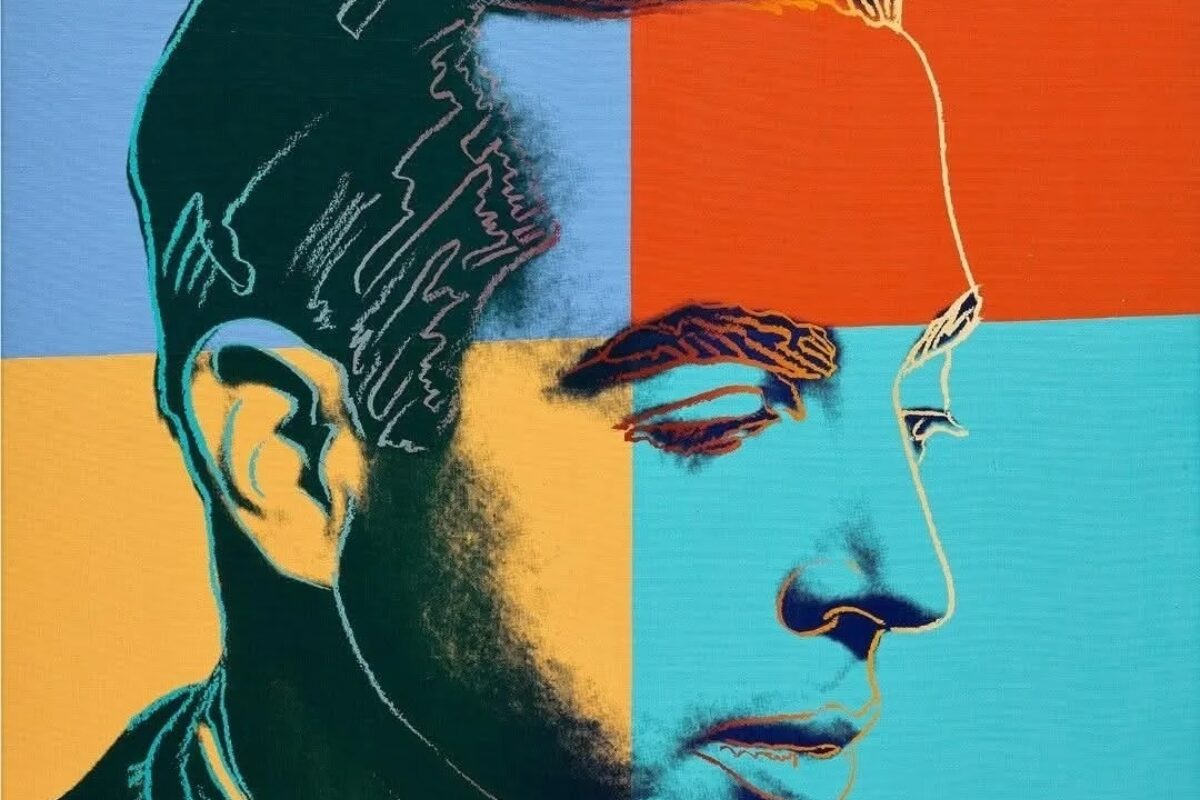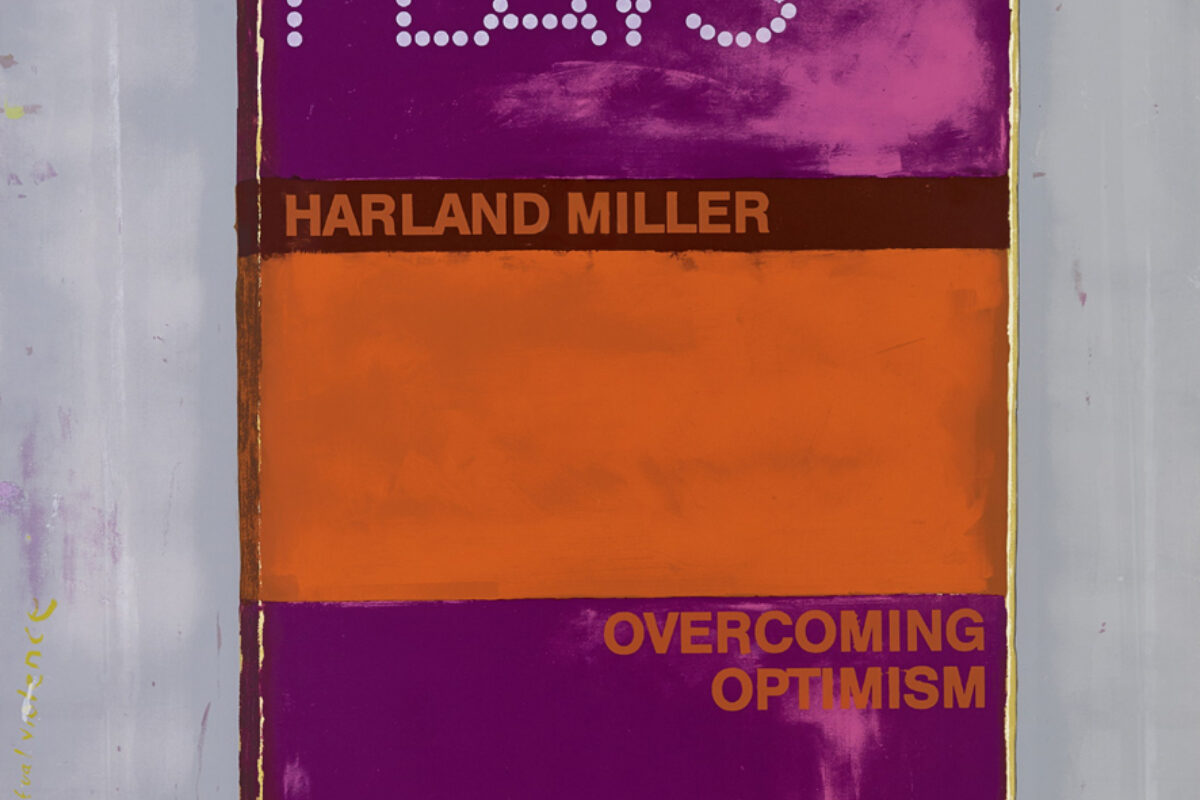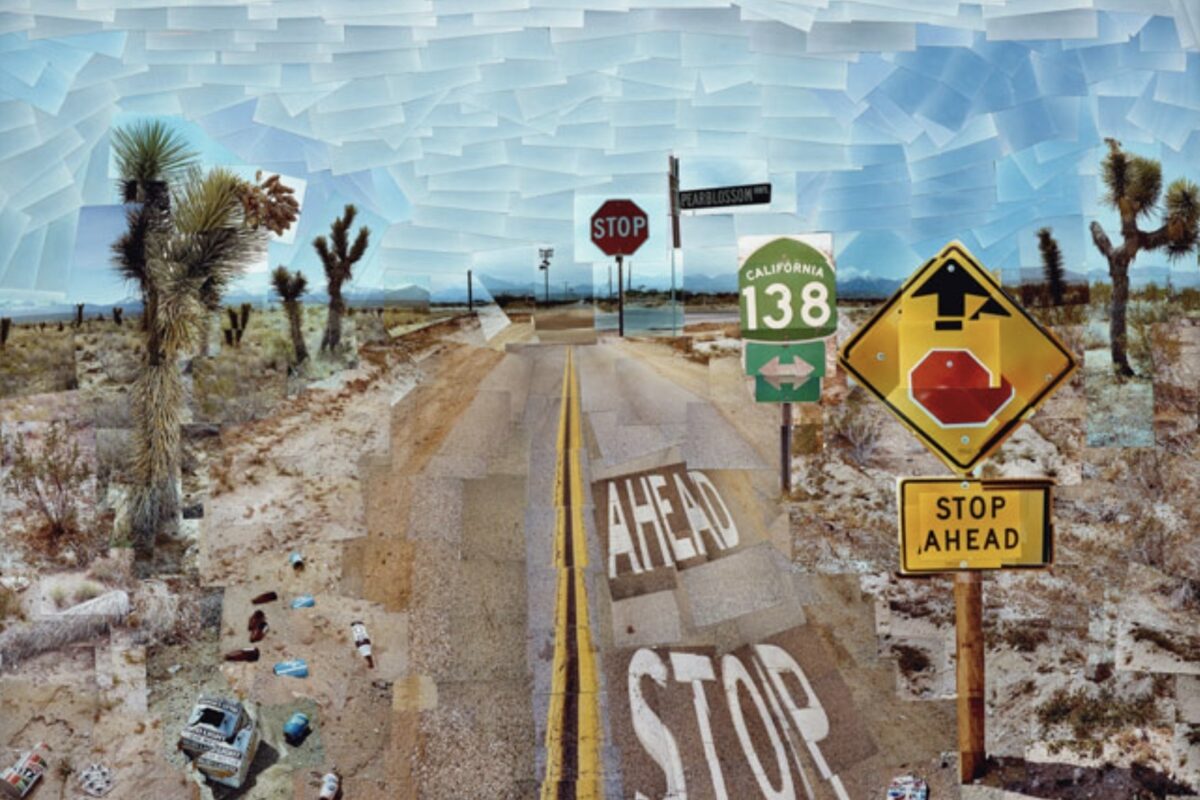To celebrate the opening of JR:Chronicles at the Saatchi Gallery on June 4, we thought we’d take a closer look at France’s acclaimed 'photograffeur'.
1. That’s right, he’s a ‘photograffeur’
JR coined the term – a blend of photographer and the French word for graffiti artist – to describe his work. His signature medium (outsized portraits of people from disenfranchised communities across the world, pasted in public spaces) was born when he encountered an abandoned camera on the Paris Metro and began to take photos of his own graffiti. By 2004, the artist had moved on to documenting the inhabitants of notorious Parisian housing project Les Bosquets, and posting the images across the city. In doing so, he aimed to humanise the residents of an area that was considered dangerous and out-of-bounds. For a compelling insight into JR’s methods, it’s worth watching the 2017 Oscar-nominated film Faces Places (a collaboration with the then-90-year-old director Agnes Varda, in which the duo head into the villages of rural France to document its inhabitants).
2. JR’s covered the world with his work
Though he started out in Paris and often works in the city, JR’s pieces stretch across the world – from Liberia to Rio. Between 2007 and 2014, JR worked on his Women Are Heroes project, highlighting the important role of women in impoverished communities and war zones including areas of Sierra Leone and Cambodia. His work in the Rio favela of Morro da Providencia is particularly dramatic – a sea of gigantic women’s eyes pasted onto the huts of the slum, looking out at a world that pretends the neighbourhood doesn’t exist. In 2020, JR turned his attention to the environment, highlighting climate change in Australia and the erosion of traditional farming techniques in Italy with processions through the affected landscapes, in which marchers carried gigantic, blown-up photographs of members of the impacted communities.
3. His social action creates change
In 2011, JR won the Ted Prize, awarded to visionary leaders in order to help them initiate global change. The artist used the $100,000 prize money to fund his Inside Out project, which helps communities spark action through public art projects involving DIY posters of photographed faces. Since then, more than 415,000 people have participated in Inside Out, which has highlighted issues as diverse as the Sahrawi refugee crisis, the lack of PPE for Ecudorian doctors tackling Covid and transgender rights in Pakistan.
4. JR is also an optical illusionist
As well as creating larger-than-life portraits, JR is known for his optical illusions – and some of the artist’s most acclaimed work plays tricks on viewers’ eyes to dramatic effect. In 2016, he made the Louvre’s famous pyramid seemingly disappear with a paper trick: He returned again in 2019 for the pyramid’s 30th anniversary, making it appear to sink into the ground between imagined craters. Then, in May 2021, JR turned his attention to another Parisian landmark – the Eiffel Tower. Using the same paper technique, he made the tower appear to rise high above fantastical cliffs suspended over a tumbling ravine.
5. He’s exhibited at some of the world’s best museums
This year’s Saatchi exhibition is JR’s largest to date and looks back on the last 15 years of his career. It had its first airing at the Brooklyn Museum between 2019 and 2020 (the London show was postponed due to the pandemic). JR has exhibited at Paris’s iconic Palais du Tokyo and Pompidou Centre too, as well as the Venice Biennale. Though his exhibitions are undoubtedly must-sees, much of JR’s most imposing work remains outside the gallery: keep up to date with his street projects by following @jr on Instagram.

















